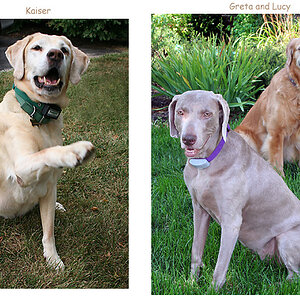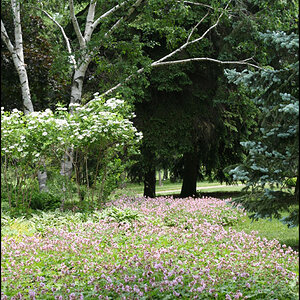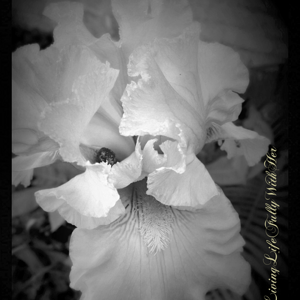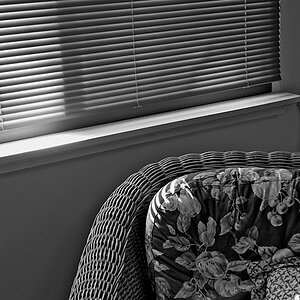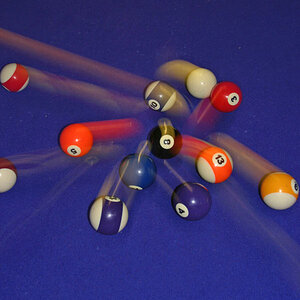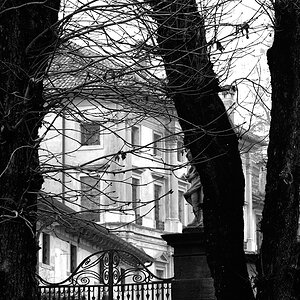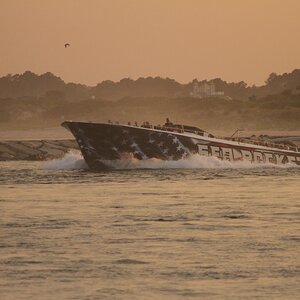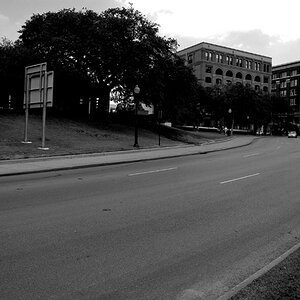ecphoto
TPF Noob!
- Joined
- Mar 6, 2012
- Messages
- 320
- Reaction score
- 18
- Location
- Southern California
- Can others edit my Photos
- Photos OK to edit
I am starting to work with strobes on light stands with some umbrellas. My question though is how would I use the in camera meter for this? Should I spot meter(if so on which portion) or should I use a different mode.
I will be travelling to Vegas next month and will be doing a lot of night landscape shots of the casinos and other sights. How should I meter for this?
Thanks in advance for the help!
I will be travelling to Vegas next month and will be doing a lot of night landscape shots of the casinos and other sights. How should I meter for this?
Thanks in advance for the help!


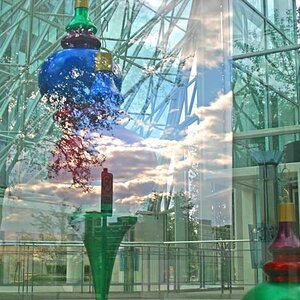

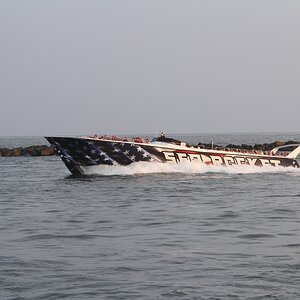
![[No title]](/data/xfmg/thumbnail/38/38264-552eb428d8a704186dcc43400f417d0f.jpg?1619738548)
